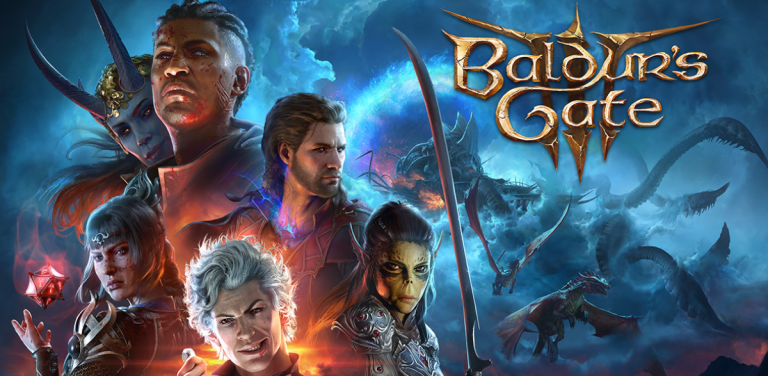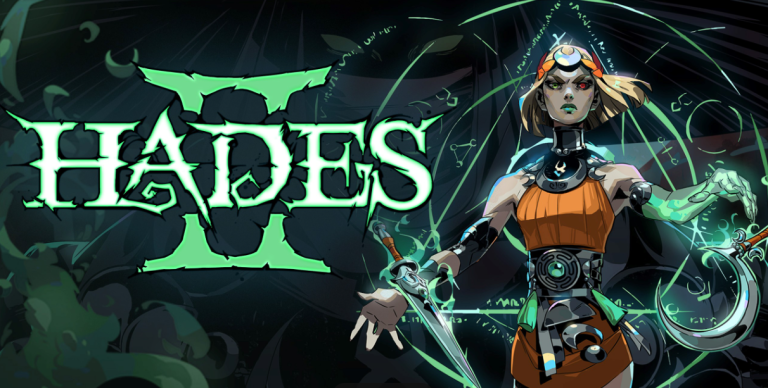
If you’ve ever dreamed of stepping inside a video game — like literally stepping in — then Valve’s Half-Life: Alyx might just be your golden ticket. It’s not just a game; it’s a full-body teleportation into a gritty, alien-infested dystopia where headcrabs jump at your face, and reloading a pistol is suddenly a panic-inducing life skill.
But hype aside, does Half-Life: Alyx truly live up to its legendary franchise roots? And more importantly — is it worth buying a whole VR setup just to play it?
Grab your gravity gloves and let’s get our hands dirty. This is not a test — this is a full VR field report.
🧠 First Things First: What Is Half-Life: Alyx?
In case you missed the last couple decades of gaming history: Half-Life: Alyx is the long-awaited prequel to Half-Life 2, set in the years before Gordon Freeman’s silent crowbar rampage. You play as Alyx Vance — resistance fighter, daughter of scientist Eli Vance, and all-around badass.
But here’s the twist: unlike its predecessors, Alyx is built exclusively for virtual reality. Valve didn’t just port an existing game into VR. They built this beast from the ground up, which means the experience is — quite literally — hands-on.
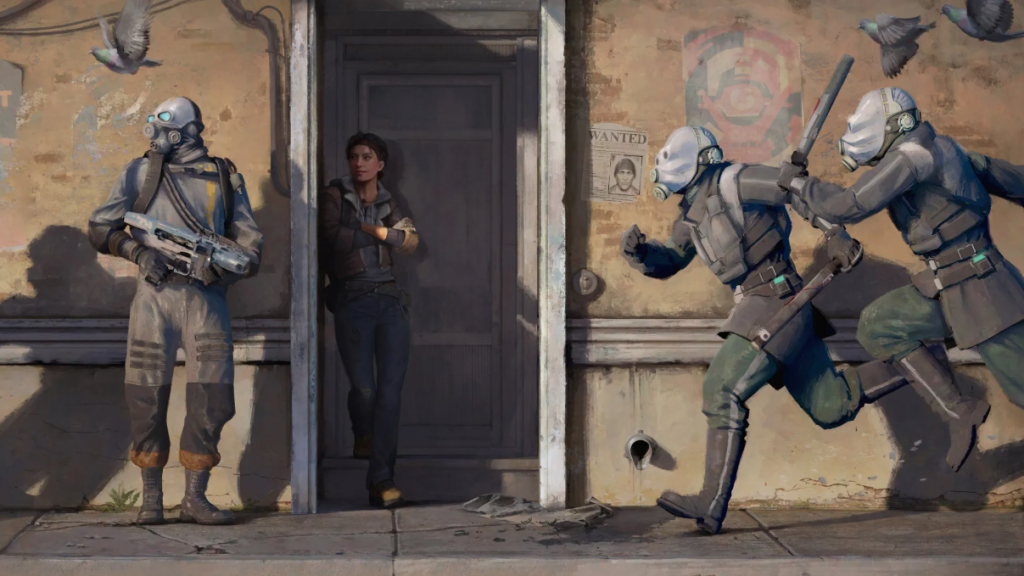
🕶️ The Setup: Stepping into Another Reality
First off, let’s talk gear. To play Half-Life: Alyx, you need a VR headset. Valve Index is the top-tier choice (and price tag), but it also works beautifully with Oculus Quest 2 (via Link or Air Link), HTC Vive, and other SteamVR-compatible headsets.
Setup is fairly smooth — just don’t trip over your cat or knock over a lamp during a firefight. That actually happened. I named the lamp “Barney” and gave it a proper VR burial.
The moment you boot into City 17 and see the Combine ship towering over the skyline, you realize: this isn’t just a game. It’s a place. One where you exist, not just observe.
🎮 Gameplay: Where Panic Meets Precision
Here’s what makes Alyx so unforgettable — the feel of everything.
Reloading isn’t pressing a button. It’s physically reaching over your shoulder for a mag, ejecting the old one, slamming in the new, and racking the slide. Sounds fun until a zombie is two feet away and your sweaty hands drop the magazine under a shelf.
It’s thrilling. It’s clumsy. It’s perfect.
Want to peek around a corner? You literally lean. Want to toss a grenade into a room? You aim, throw, and hope it doesn’t bounce off the doorframe back into your face (again, learned the hard way).
Even the mundane feels magical: rummaging through drawers, uncapping health syringes, scribbling on windows with markers. It turns every object into a potential story.
🧲 Gravity Gloves: Your New Favorite Toy
Valve took the best part of Half-Life 2 — the gravity gun — and turned it into wearable tech. The gravity gloves let you flick your wrist to “yoink” items toward you. Miss a shotgun shell? No problem — Jedi it into your hand mid-fight.
It’s sleek, intuitive, and makes you feel like a telekinetic ninja. There’s no other word for it: addictive.
You’ll spend minutes just flinging empty bottles off balconies. Not because the game makes you — but because you can.
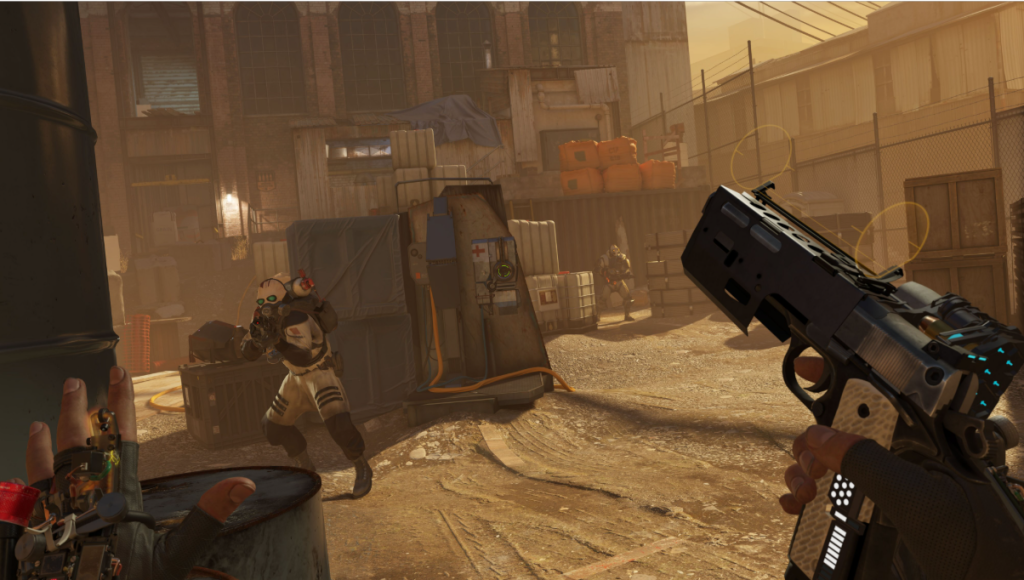
🧟♂️ Enemies That Feel Way Too Real
Let’s talk about headcrabs. In flat-screen games, they’re annoying. In VR? They’re nightmare fuel.
There’s a primal terror in having something leap at your actual face. Your body flinches — even when your brain knows it’s not real. Zombies, barnacles, and Combine soldiers are all terrifying in their own right, but headcrabs are the real MVPs of involuntary yelping.
And because you interact with your environment manually, every fight feels raw and personal. Hiding behind shelves. Breaking glass bottles to distract. Ducking under pipes. You’re not pressing buttons. You’re surviving.
🎨 Visuals & World-Building: A Digital Masterpiece
Alyx isn’t just pretty “for a VR game” — it’s stunning by any standard. The lighting, textures, particle effects — they all contribute to a hauntingly beautiful world.
City 17 oozes atmosphere. Every alley, every flickering neon sign, every graffiti-covered wall feels crafted with purpose. Dust particles float in the air when you open a drawer. Water reflects the light as you splash through it. Even rats scurrying in the shadows make you hesitate.
It’s not just visual fidelity — it’s environmental storytelling. You don’t just see the world. You inhabit it.
🎧 Sound Design: Audio You Can Feel
The 3D audio in Half-Life: Alyx is nothing short of spine-tingling. You hear enemies before you see them — distant growls, radios crackling, footsteps above your head.
When something’s creeping behind you, your instincts kick in. You turn. You check. It’s that reactive.
The soundtrack is classic Half-Life: eerie synths, sudden pulses of tension, quiet ambiance that makes every empty corridor feel like it’s watching you.
💬 Storytelling: Valve Still Has It
Don’t worry — I won’t spoil anything. But know this: Alyx delivers big time in terms of narrative payoff.
The dialogue is sharp and witty. Alyx herself is one of the most likable, fully realized characters in gaming — and her banter with resistance partner Russell is pitch-perfect. There’s heart, humor, and tension in every chapter.
By the end, you’ll be gasping. Possibly yelling. Maybe crying a little. Valve somehow managed to tie Alyx into the Half-Life universe in a way that respects the past and opens bold new doors.
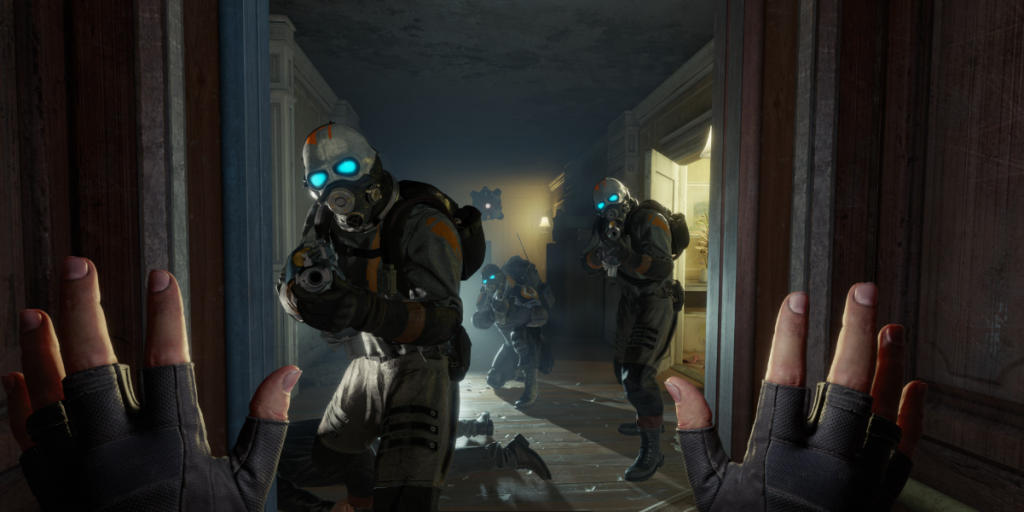
🔁 Replayability: Is It Just a One-Time Trip?
Alyx is around 10–15 hours long, depending on how thoroughly you scavenge or how long you spend playing with microwave doors (guilty). There are hidden upgrades, secrets, and achievements that make replaying worthwhile.
There’s also a robust modding scene. The Steam Workshop is filled with user-made campaigns, challenge maps, and wild experiments (yes, there’s a lightsaber mod). Valve even included development tools — a rare gift to the VR community.
So while Alyx isn’t endlessly open-world, it has legs. Especially if you’re a completionist or just really like smashing glass bottles in VR.
🏃♂️ Comfort & Locomotion: Smooth Moves or Motion Sickness?
VR is magical… until your stomach turns into a washing machine. Thankfully, Half-Life: Alyx offers a wide range of locomotion options to suit different comfort levels. Whether you prefer teleportation, continuous movement, or the “shift” system that glides you forward in bursts, there’s a setup that feels right.
Teleportation is the safest bet for new VR users, while full locomotion offers maximum immersion for VR veterans. Valve’s thoughtful inclusion of comfort settings — like vignette fading, snap turning, and height adjustments — makes Alyx one of the most accessible big-budget VR games to date.
👉 Verdict: Playable without nausea? Big win. Your stomach stays calm while your brain stays thrilled.
🎯 Hit Detection & Weapon Feel: Pew Pew with Precision
Gunplay in Alyx isn’t just functional — it’s tactile.
Reloading feels incredibly satisfying, because it’s not just a button press. You manually eject the magazine, reach over your shoulder, grab a new one, and slam it into place. Then you pull back the slide. It sounds complicated — and it is — but that’s the point. Every bullet feels earned.
What’s more, hit detection is crisp. Whether you’re sniping a Headcrab mid-leap or panic-firing into a dark corner, your aim matters. The physics-based realism extends even to how enemies react — staggered by a shot, knocked off balance, or blown backwards by a well-timed grenade.
👉 Verdict: This isn’t arcade-style spray-and-pray. It’s “sweaty-palms-in-a-dark-hallway” tactical fun.
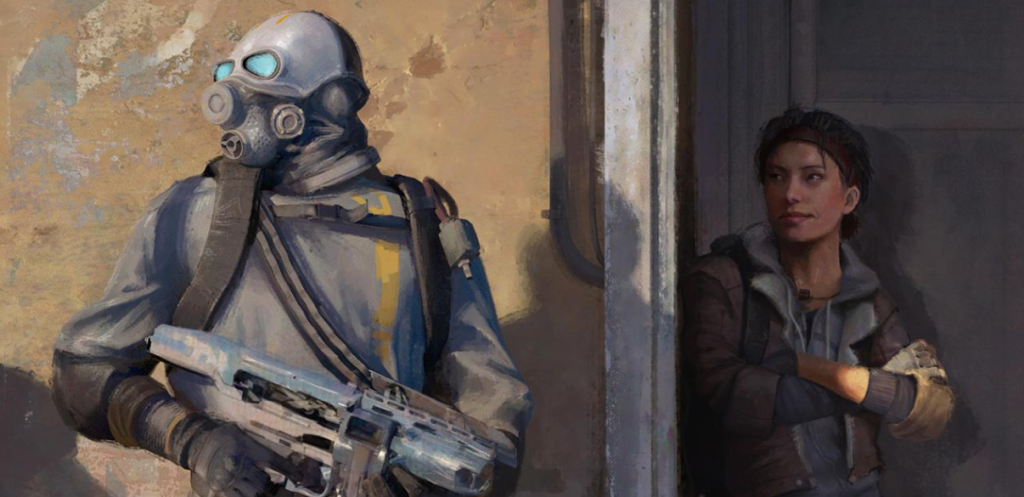
🧠 Enemy AI & Tension Design: Smarter Than the Average Zombie
One of Alyx‘s unsung triumphs is how intelligently hostile the enemies are. Combine soldiers don’t just stand still — they flank, use cover, and even flush you out with grenades. Headcrabs jump unpredictably, forcing real-world flinches. And barnacles? Let’s just say you’ll never walk under a dark ceiling without looking up again.
Valve masterfully balances pacing. After a heart-pounding shootout, you’re given moments to breathe — solve a puzzle, search for loot, or just soak in the eerie silence. Then, just when you feel safe again… cue the horrifying sounds of an unseen enemy.
👉 Verdict: The game understands dread, not just jump-scares. This is psychological tension done right.
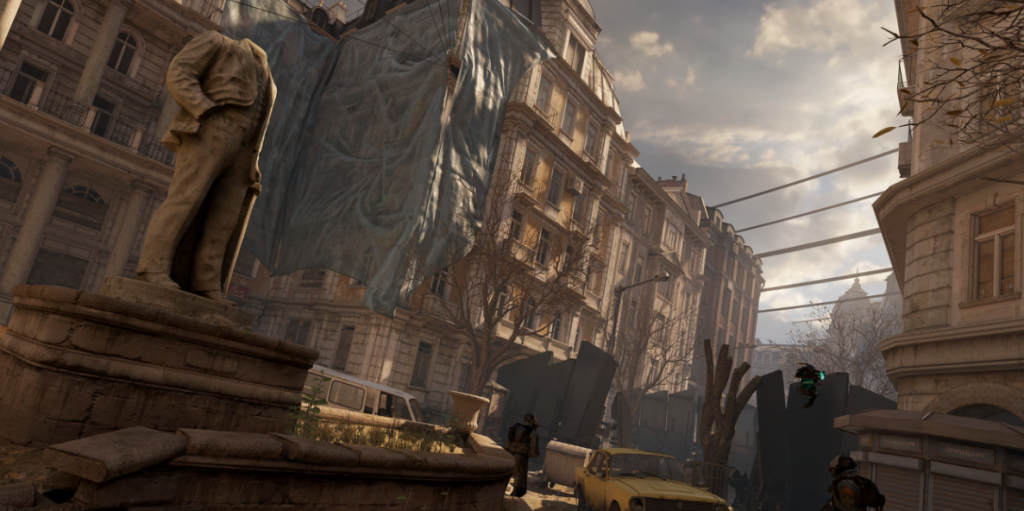
💡 Environmental Storytelling: Lore Hidden in Every Corner
Forget exposition dumps. In Alyx, the world tells the story.
Graffiti on a crumbling wall hints at resistance efforts. A broken robot lying in an alley says more about the world’s decline than a cutscene ever could. The game rewards players who stop to look around — to notice photos in abandoned apartments, scrawled notes, and details on bulletin boards.
You don’t just play through the world. You read it.
👉 Verdict: Fans of subtle storytelling will find gold in every dusty corner.
🎨 Visual Variety & Environmental Themes
Although most of Alyx takes place in a dystopian City 17, the visual themes shift frequently enough to avoid monotony.
You’ll move from crumbling tenement buildings to Combine-controlled factories, claustrophobic tunnels to neon-lit alien tech corridors. Each area has its own visual personality and lighting scheme, creating a strong sense of progression even without explicit “chapters.”
Valve’s level design manages to make even mundane things — like a stairwell — feel tense, beautiful, or important. In VR, that attention to detail shines brighter than ever.
👉 Verdict: It’s a gloomy world, but never a boring one.
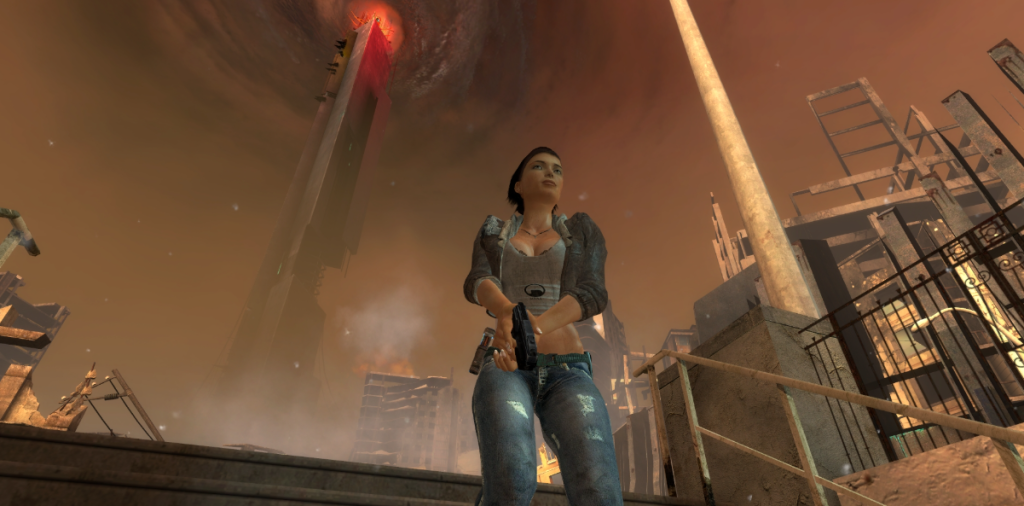
🧪 Physics Puzzles & Player Creativity
Valve didn’t just build a world — they built a sandbox of systems. While puzzles are embedded in the main path, Alyx encourages creative thinking in every encounter.
Can’t reach a resin hidden behind a locked grate? Use your multi-tool to disable the lock — or stack boxes to climb up from behind. Trapped by enemies? Toss a bottle as a distraction or build a makeshift shield with a metal sheet.
The physics engine isn’t just eye candy — it’s a toolbox.
👉 Verdict: Players who like experimenting will find tons of delightfully unscripted moments.
🎭 Voice Acting & Character Interaction: Real People in a Virtual World
You’d expect great performance in a Half-Life game — and Alyx delivers.
Alyx herself is voiced with nuance, humor, and humanity. She quips in moments of danger, whispers nervously when things get tense, and expresses genuine awe at alien tech. Her dialogue feels spontaneous, not scripted.
Russell, your radio companion, brings lighthearted charm without ever being annoying. The banter between characters is natural, believable, and helps anchor you emotionally in the world.
👉 Verdict: These aren’t NPCs. These are companions. And they make the world feel alive.
🧠 Is It Worth Buying a VR Setup Just for Half-Life: Alyx?
Honestly? Maybe.
If you’re already eyeing VR, this game is the ultimate justification. It showcases what the medium can be when treated seriously — not as a gimmick, but as a genuine artistic tool.
If you’re new to Half-Life, you’ll still enjoy it — though long-time fans will get an extra thrill from every lore reveal and narrative twist.
But either way, Alyx isn’t just “a good VR game.” It’s one of the best arguments for why VR matters.
🎤 Final Verdict: A VR Classic in the Making
| Category | Verdict |
|---|---|
| Immersion | 11/10 — You’ll forget you’re in your living room |
| Gameplay Mechanics | Deep, intuitive, often hilarious |
| Visuals | AAA quality, jaw-dropping in motion |
| Story | Riveting, emotional, and satisfyingly canonical |
| Replayability | Medium with mods — but every moment is rich |
| Scare Factor | 10 headcrabs out of 10 🧠🪲 |
If you own a VR headset and haven’t played Half-Life: Alyx, what are you doing with your life? And if you don’t own one yet… this just might be the game that justifies the leap.
Because when you finally flick a magazine into your pistol mid-fight and land a perfect headshot — with one bullet left — you’ll understand.
This isn’t just gaming. This is Half-Life.
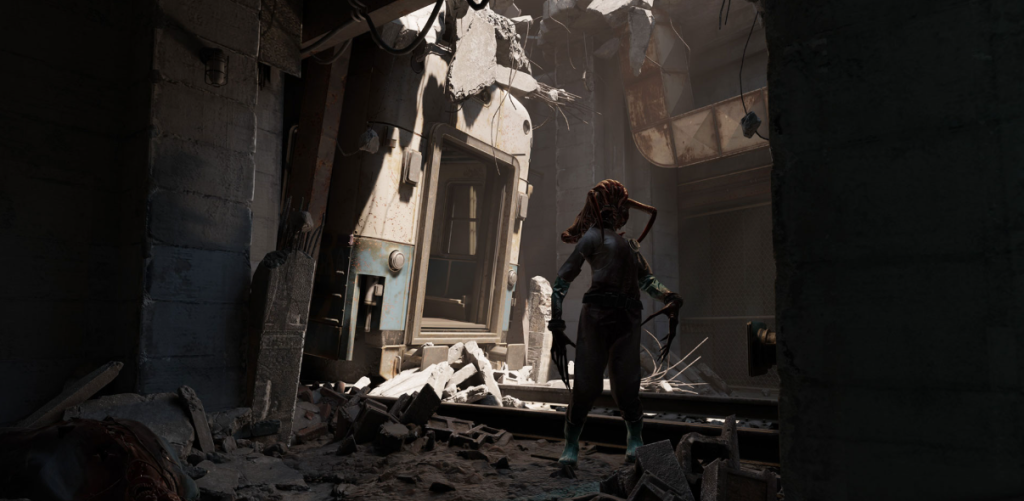
💬 Your Turn!
Have you braved the streets of City 17 in VR yet? Did a headcrab make you scream out loud? Share your Alyx war stories in the comments — bonus points for broken furniture and startled pets.
And remember: always check the ceiling. Seriously. Always.
![]()

